15 Christmas Traditions in Great Britain today
16/12/2021Christmas decorations
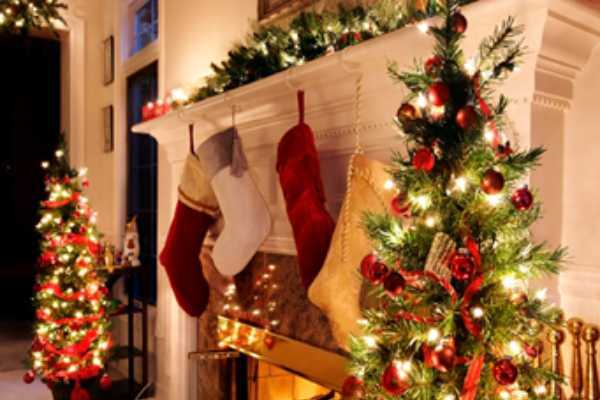
Even though there’s no set date for putting decorations up, there’s definitely a cut off point for taking them down. You’re supposed to take down all your decorations before the end of the 12th day of Christmas, which is the 5th January. If you leave it later than this, you could be setting yourself up for a year of bad luck. Don’t get off to a bad start and take those decorations down!
Christmas cards
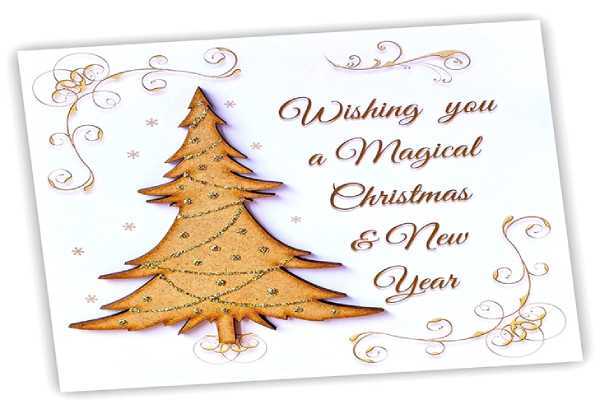
The British Christmas tradition of sending cards dates all the way back to 1843. At the time, a gentleman named Sir Henry Cole didn’t have time to send personal messages, so he hired an artist called John Calcott Horsley to design him a card which he could send to lots of people, and that’s how Christmas cards were born.
Christmas TV adverts
A lot of people think it isn’t the Christmas season until the John Lewis (British department store) has released their Christmas advert or Aldi (supermarket) have released the latest from ‘Kevin the Carrot’ their Christmas character & mascot.Often a little short film telling an emotional story, the advert always pulls on the heart-strings while spreading some festive cheer. Check out John Lewis advert 2021 on Youtube:
Christmas markets
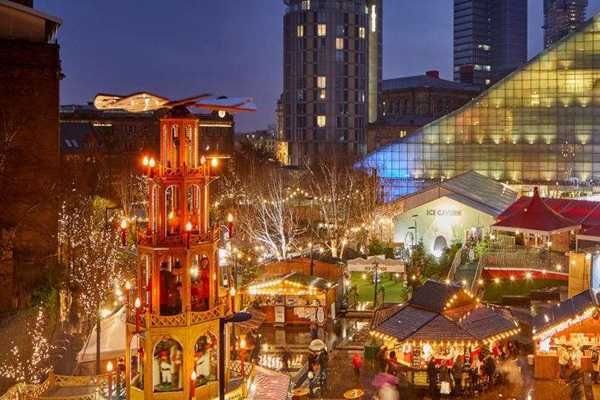
Manchester hosts one of the largest Christmas markets outside Germany and many people consider this one of the best ones to visit. From drinking gluhwein (mulled wine) to eating a bratwurst (German sausage), this is definitely more of a European Christmas tradition that’s found a home in Britain.
Mince pies

Dating back to the Middle Ages, the pies were originally filled with minced meat and chopped fruit. Today’s mince pies are filled with a mixture of dried fruits and spices called mincemeat, these are traditionally served and eaten during the Christmas period.
Christmas pudding
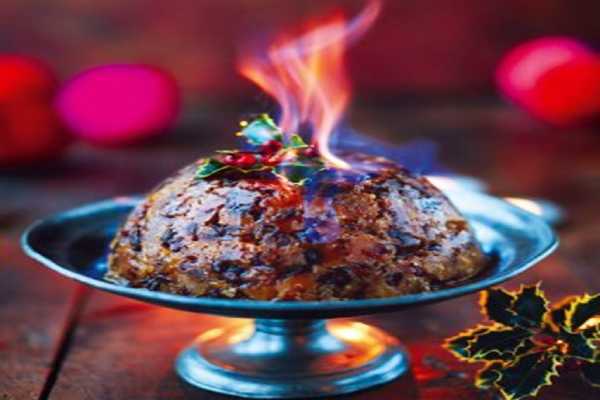
Christmas (or plum pudding as it’s also known) is made of currants, raisins, prunes, spices, wine, eggs and breadcrumbs. Traditionally, a silver coin is placed in the pudding which is said to bring luck to the person that finds it. In the UK the coin traditionally used was a silver ‘six pence’. The closest coin to that now is a five pence piece! Brandy is often poured on top of the pudding and it is set alight before eating it.
Eating turkey for Christmas lunch
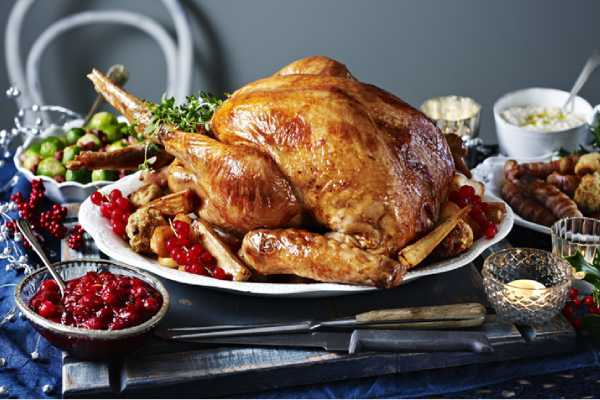
Although turkeys are not native to the British Isles (they were first brought to Britain in the 16th Century), people in the UK love to eat turkey for Christmas dinner. The tradition started when farmers would be in need of their cattle for milk and would often be saving their chickens to lay eggs. Before eating tukey, British people would often eat geese, boar and even peacock .
Christmas crackers
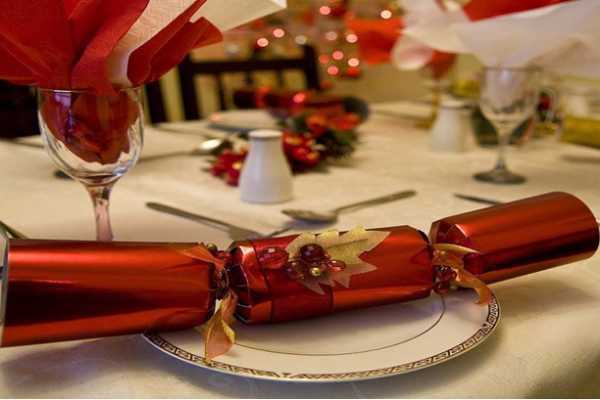
These festive table decorations are pulled apart to reveal a small gift, a party hat and a riddle or a joke at Christmas parties, lunches and dinners in the UK. They were invented by a London sweet maker called Tom Smith in 1845-1850. He got the idea from French ‘bon bon’ sweets (almonds wrapped in paper), but added a small saying or riddle within the wrapping of his sweets. They didn’t sell well at first, so to make them more popular, he created a bang. He added tiny fireworks and launched a new range of crackers called ‘Bangs of Expectation!’ in 1861. And so the Christmas cracker was born.
Pantomimes
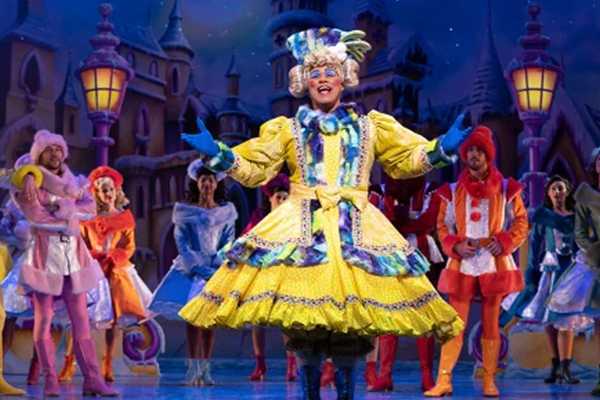
Pantomimes, which are also known as ‘pantos,’ are musical comedy shows that British families will often go and see over the Christmas period. They are actually revivals of old school Roman comedies like Lysistrata with slapstick humour and ridiculous jokes.‘Pantos’, these days, often borrow story lines from well-known fairy tales or fables and mix them with pop cultural references and drag, there’s plenty of adult humour in there too.
The Queen’s speech
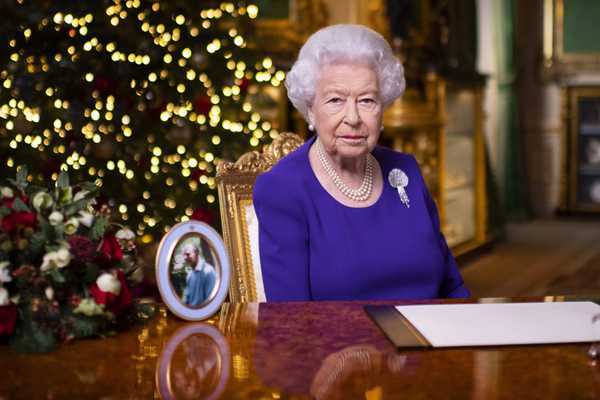
The Queen’s Christmas message is always one of the most watched programmes on TV on Christmas Day. A whooping 24 million people tuned in last year. The tradition was actually started by the Queen’s grandfather, King George V, when he delivered the first address over the radio in 1932. George V’s first message was written by English writer Rudyard Kipling and transmitted live from a studio that was created for him at Sandringham estate.The tradition carried on, and in 1957, the Queen gave the first televised Christmas speech. She has given a speech almost every year since, usually about the state of the world and British politics, and how, if we work together, we can get through anything. Last year’s speech was mostly about the pandemic and thanking the British people for following government rules to stay at home and praised those “coming together to help others”.
Boxing Day

Boxing Day is a British public holiday on 26th December, the day directly after Christmas day. And, although there’s a lot of different theories about the origins of Boxing Day, it is generally thought that the day was created for people to ‘box up’ their unwanted gifts and give them to the poor who had nothing. It was also a holiday for the tradesmen who received a ‘boxing,’ or gift, the day after Christmas. Nowadays, many Brits use their day off on Boxing Day to travel and visit their relatives and eating your bodyweight in turkey sandwiches, or hit the sales and pick up a bargain.
Mistletoe
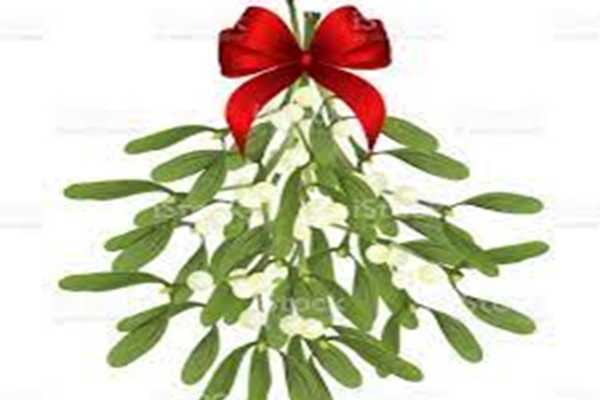
The tradition of hanging mistletoe in the house goes back to the times of the ancient Druids. It is supposed to possess mystical powers which bring good luck to the household and ward off evil spirits. Today, kissing under the mistletoe is a great tradition that appears to have first caught on in the 18th century among servants in England before spreading to the middle classes. As part of the early custom, men were allowed to steal a kiss from any woman caught standing under the mistletoe, and refusing was viewed as bad luck.
Hanging Christmas stockings

The tradition comes from a folk tale which tells the story of a nobleman whose wife had died, leaving him penniless and the sole parent to their three daughters. Left with no money for a dowry (which was an integral part of finding advantageous marriage suitors at the time), the nobleman was concerned for his children’s opportunity to marry well. Without a sizable dowry, no one of equal wealth and status would be interested in marrying them, and with nothing to inherit, they would be left destitute. Hearing of this father’s dilemma, Saint Nicholas came to their family home and filled the girls’ stockings, which were hanging above the fireplace to dry, with solid gold spheres so that they would be able to marry after all. Versions of this quaint tale have been circulating for decades, each featuring their own twist, but regardless of the specificities, this story has continued to fuel Christmas decorating for hundreds of years.
Christmas Carol singing
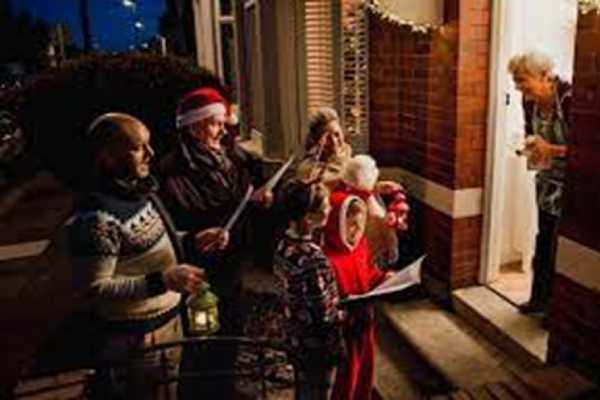
The British love singing, and singing is part of English life. Christmas carols are familiar to almost everyone, Christian or not. Carol-singing is a tradition that continues, groups of young or not so young stand in the street, or go from door to door, singing carols and collecting for a charity. There are also carol-singers in many major shopping streets and malls in the days before Christmas. Away from the street, almost all churches organize some form of Carol Service, which attracts many more than just regular worshipers. The Service of Nine Lessons and Carols from the chapel of King’s College, Cambridge University, is one of the great musical events of the year for BBC television.
Christmas Tree
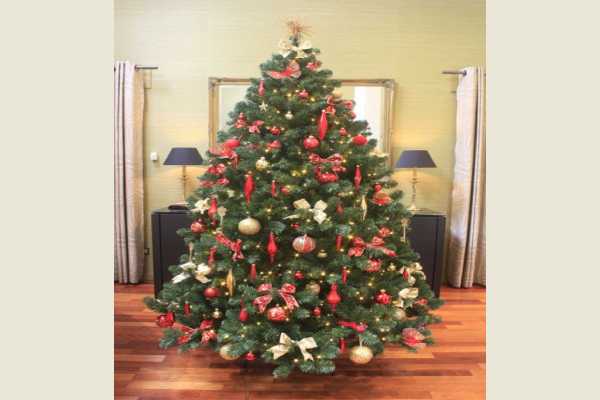
The tradition of the Christmas tree is an ancient tradition that goes back a long way in time. It probably originated in pagan rites to celebrate the survival of nature in winter. The modern tradition began in Germany, spreading throughout the Christian world, and in particular in Protestant countries, in the 18th and especially the 19th century. Prince Albert, the German husband of Queen Victoria, brought the tradition to England in the 19th century; it then spread quickly to the point where decorated Christmas trees have now become the classic symbol of Christmas – even more so than Nativity scenes. For most Britons, Christmas would not be Christmas without the tree (real or artificial) in the house. Every city, village, neighborhood, pub, department store, and many small shops, too, has its own beautifully decorated tree. In London, the huge Christmas tree in Trafalgar Square is given each year to the city by Norway, in a tradition that began in 1947. By the way, our sister school Malvern House is an English School in London.
